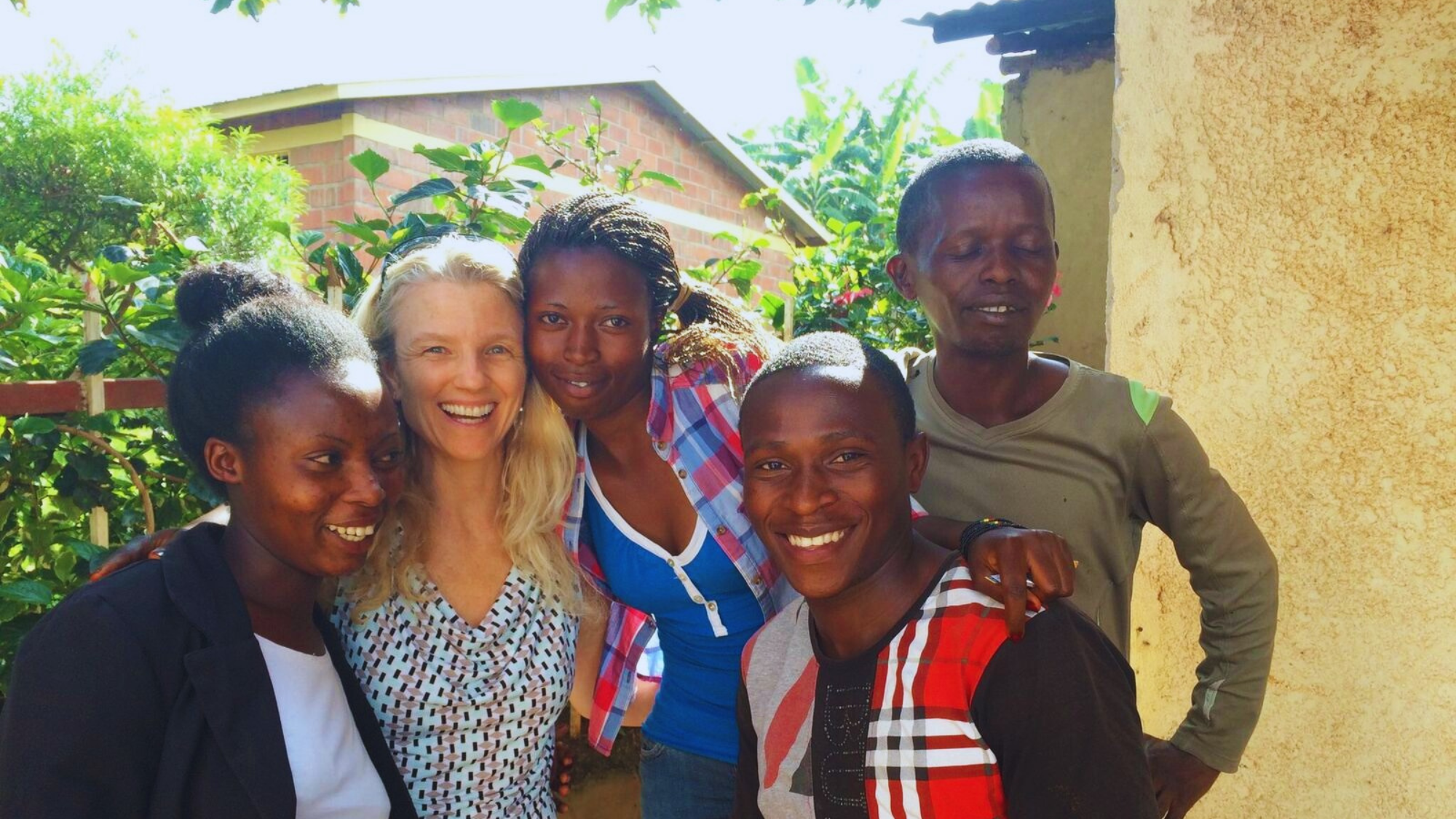Economic Empowerment Meets Mental Health
When Kate Spade & Company asked Cathy Tinsley to join its Social Impact Council, the answer was a clear “yes.” For Tinsley, it would be a chance to examine the intersection between women’s economic empowerment and mental health.
In turn, Tinsley, Raffini Family Professor of Management, would add academic rigor and research credibility to a council full of star power (such as actress Taraji P. Henson) and charitable entrepreneurship. The council is Kate Spade’s primary social impact initiative, and it zeroes in on two issues that Tinsley says go hand in hand but are rarely studied jointly.
Below, Tinsley shares her perspective on a hands-on type of DEI work.
How did your work with Kate Spade first come about?
I did a report for Kate Spade when they were first getting into the women’s empowerment space. They looked around, and they said, “We could just contract out with a cooperative of women and buy whatever it is that they’re already making, and try to sell that.” And that was really the dominant model for this sort of work.
But what happens in that model is then the Western appetite for, say, ethnic baskets, evaporates after a year or two. So the contract dries up. What they thought would be more sustainable is to actually stand up a cooperative to be a fully independent supplier as part of their global value chain. They chose a little artisan cooperative in Rwanda. And Kate Spade actually brought in a number of people to train artisans on how to make Kate Spade products.
In 2015, they brought us in (Tinsley and professors Ed Soule and Pietra Rivoli). We studied what they were doing for a couple of years and wrote a report. And one of the things I thought would be interesting was to not just look at the economic empowerment that women would have from having stable employment, but also what the psychological effects were. It’s not that they have more buying power, which is what economists typically study, but actually what stability in employment does for people’s mental health.
We were able to demonstrate that beyond purchasing power, there were effects for stable employment on mental health, on wellbeing because of this stability of employment and also because of the possibility of being able to rise up in the corporation.
In 2017, we gave the final report to Kate Spade & Company, and they really liked it. Then Kate Spade committed suicide and, you know, how does a company deal with that? I think there was just sort of an awareness and a desire to see what they could learn from it. And what they learned, I think, was how important mental health is.
Tell me about your role on the council.
Well, you’ll see that many of the other people on the council are famous, like Taraji P. Henson and Lady Gaga’s mom. They bring this star power. But then there are also women like Jazz Thornton. I mean, she’s just this amazing woman that I met recently from New Zealand. But she was suicidal and has had a really tough story. She brings her own personal journey to this.
I’m on the council to help them evaluate standards of evidence, quality evidence. To ask, “What’s good evidence and what’s bad evidence?” I’m the skeptical academic of the group.
Is helping women navigate practical workplace issues a big focus?
That’s a big part of it. And I really give the Kate Spade team kudos for being on the cutting edge of what I think is going to be more and more discussed in the workplace. You know, we talk about all kinds of diversity, but one type of diversity that we haven’t really spoken about too much is diversity of mental health. And I think there’s a lot of stigma still.
If you break your arm, you obviously go to the doctor. People don’t expect you to heal your arm by yourself, right? But if you have a little bit of a broken psyche, people sort of expect you to heal it yourself. And so there still is a mental stigma, although I think less in my kids’ generation than in mine. They have more comfort in saying, “Hey, I suffer from anxiety.” Whereas few in my generation ever said that. It shows so much vulnerability. And you certainly wouldn’t talk about it in the workplace. But I think now people are expecting to be able to do that. I think in some ways it’s a great advancement. I do think there are going to be some thorny questions related to it since it’s new in that environment.
Since you bring academic rigor to this council, how does it fit with your work? What direction do you see this taking in the future for you?
I am getting more and more interested in the future of work and trying to look for future trends, and I do think addressing mental health in the workplace is going to be a future trend. Discussing it more openly and discussing how to make various accommodations for it is going to be a reality for businesses.
And so I’m curious to have a very hands-on exposure to all of it — not just sitting in my chair and reading about it, but also seeing how a corporation is actually trying to engage in this new space. I like the boots on the ground. I like being able to see what’s going on to then be able to extract what some of the interesting research questions may be. And honestly, it’s fun.
